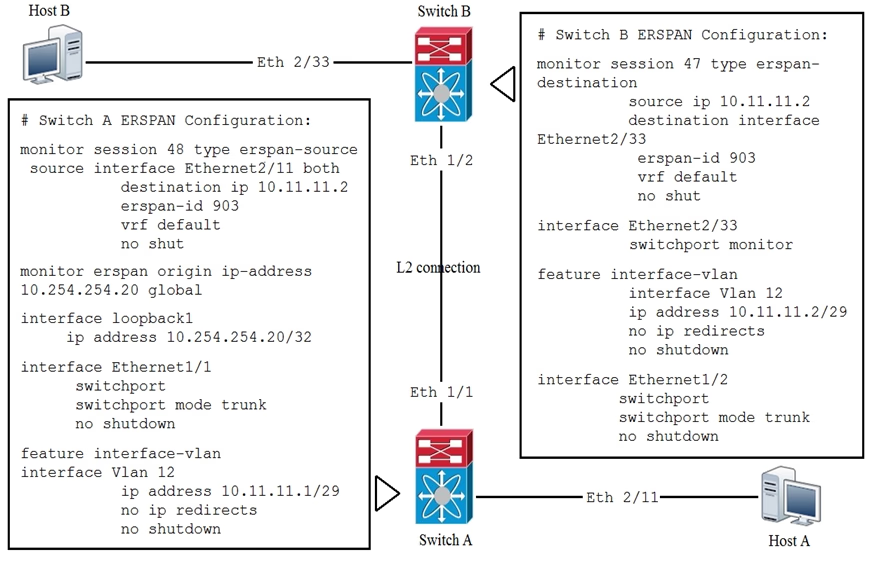Implementing and Operating Cisco Data Center Core Technologies
Here you have the best Cisco DCCOR practice exam questions
- You have 522 total questions to study from
- Each page has 5 questions, making a total of 105 pages
- You can navigate through the pages using the buttons at the bottom
- This questions were last updated on June 26, 2025
- This site is not affiliated with or endorsed by Cisco.



